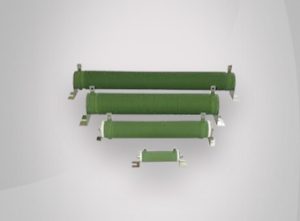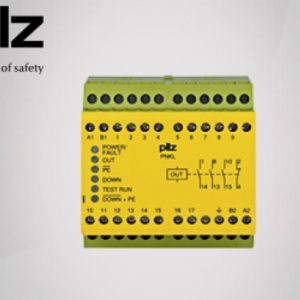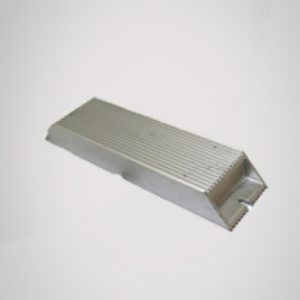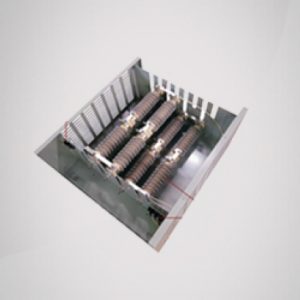Inverter resistance

Guaranteed

Fast Delivery

Price Guarantee

In Stock
Inverter resistance is used for all types of boards, electrical inverters. These types of resistors are made up of a ceramic interior layer and a zinc layer of wire, which can be used with a refractory layer.
Inverter resistor function:
The inverter’s resistance (brake resistance) is directly connected to the frequency converter; the brake activates this resistance and enters the circuit. When the output frequency of the converter decreases due to the control of the system, the decrease in the speed or performance of the brake reduces the frequency of the motor current and the decrease in frequency in the inductor converts the windings to the generator, resulting in a higher voltage and When this voltage exceeds a certain value, the chopper activates the Inverter’s resistance until the voltage reaches its normal range in the network. This operation continues until the speed of the engine is proportional to the input speed.

The brake resistance of the inverter is usually activated at short intervals and it converts the electrical energy generated by the brake to the heat. This action is performed alternately, which can be defined for that Duty cycle. The inverter’s resistance also applies to the DC Link motor drive.
For more information and to purchase Inverter resistance , contact us on WhatsApp at 09890337892426.








Reviews
There are no reviews yet.